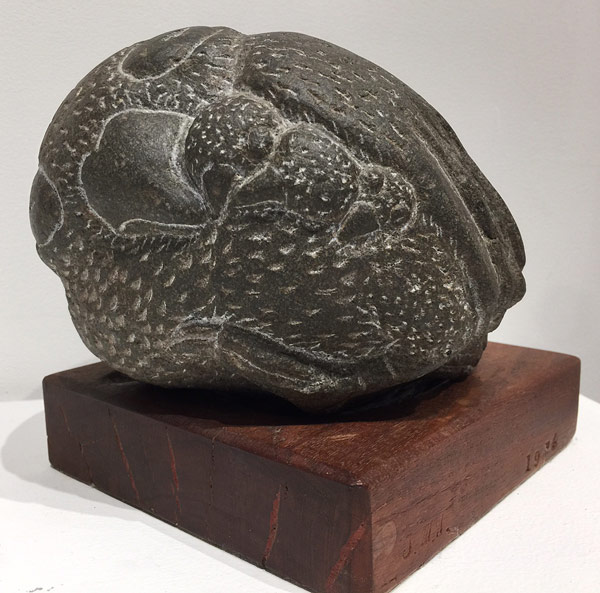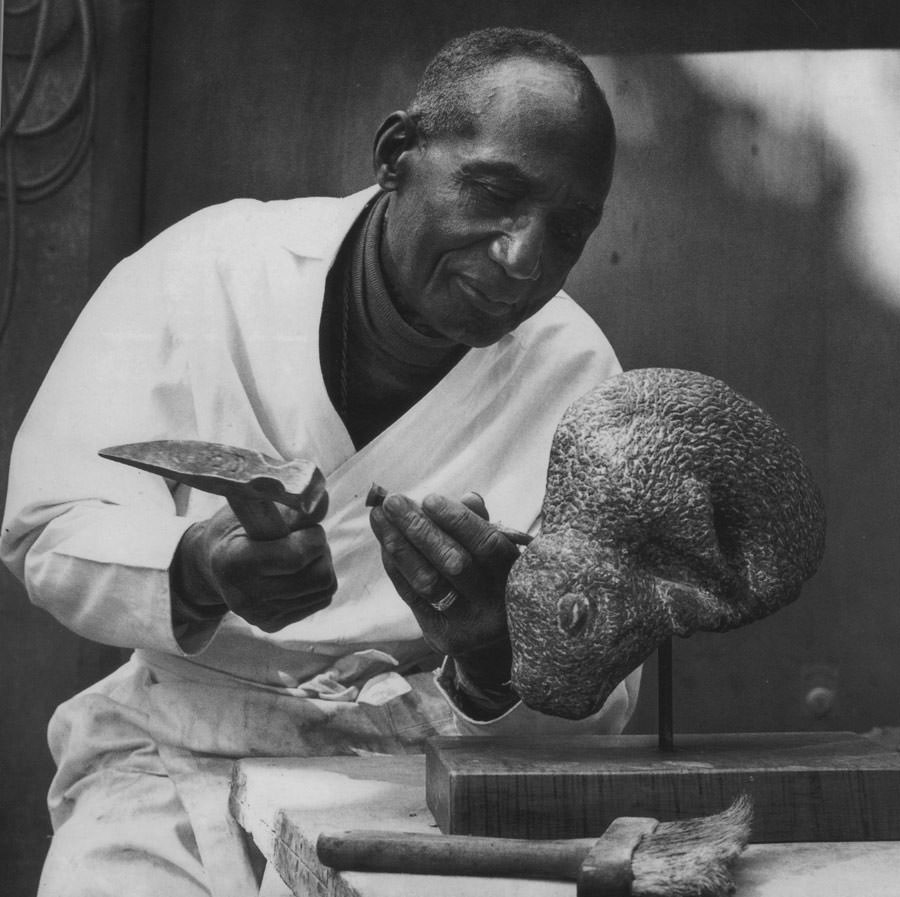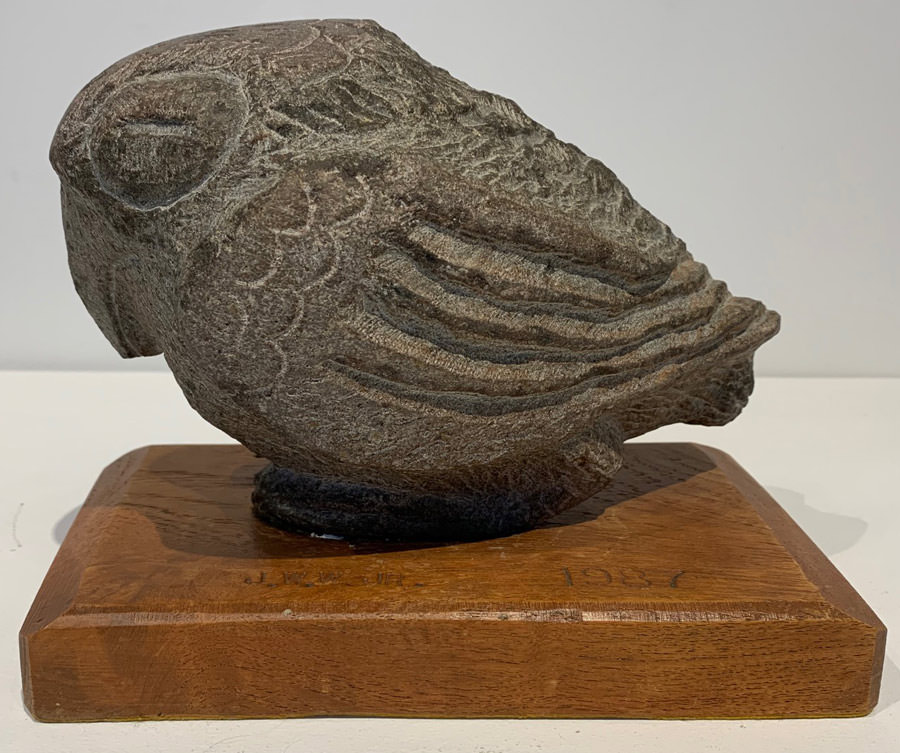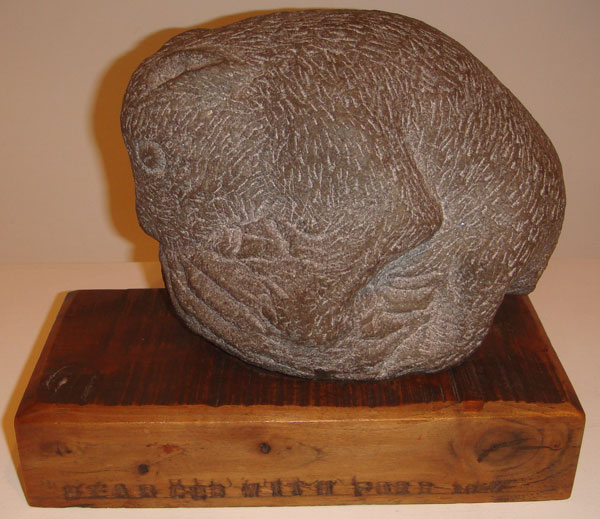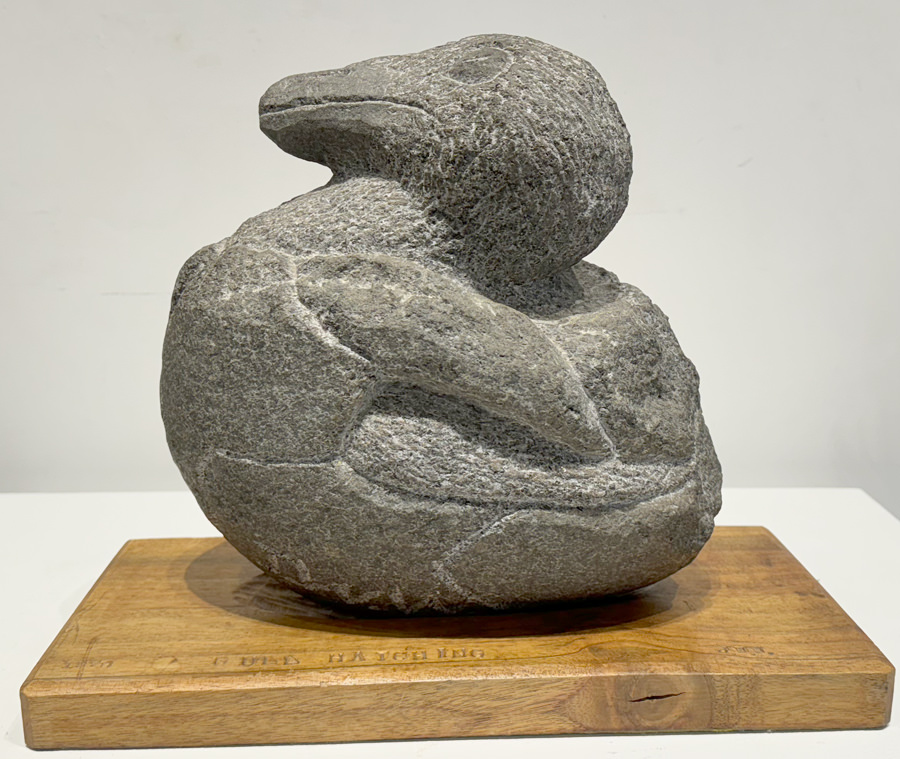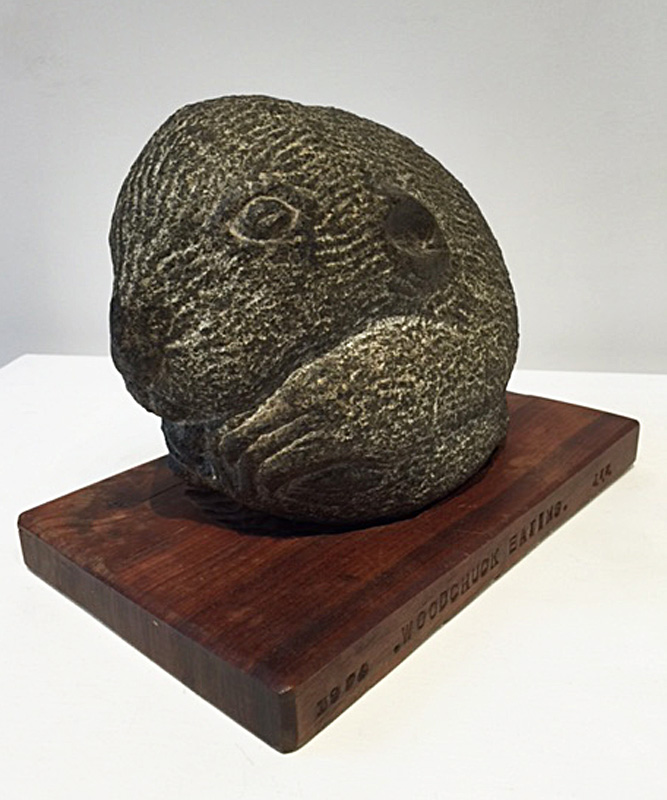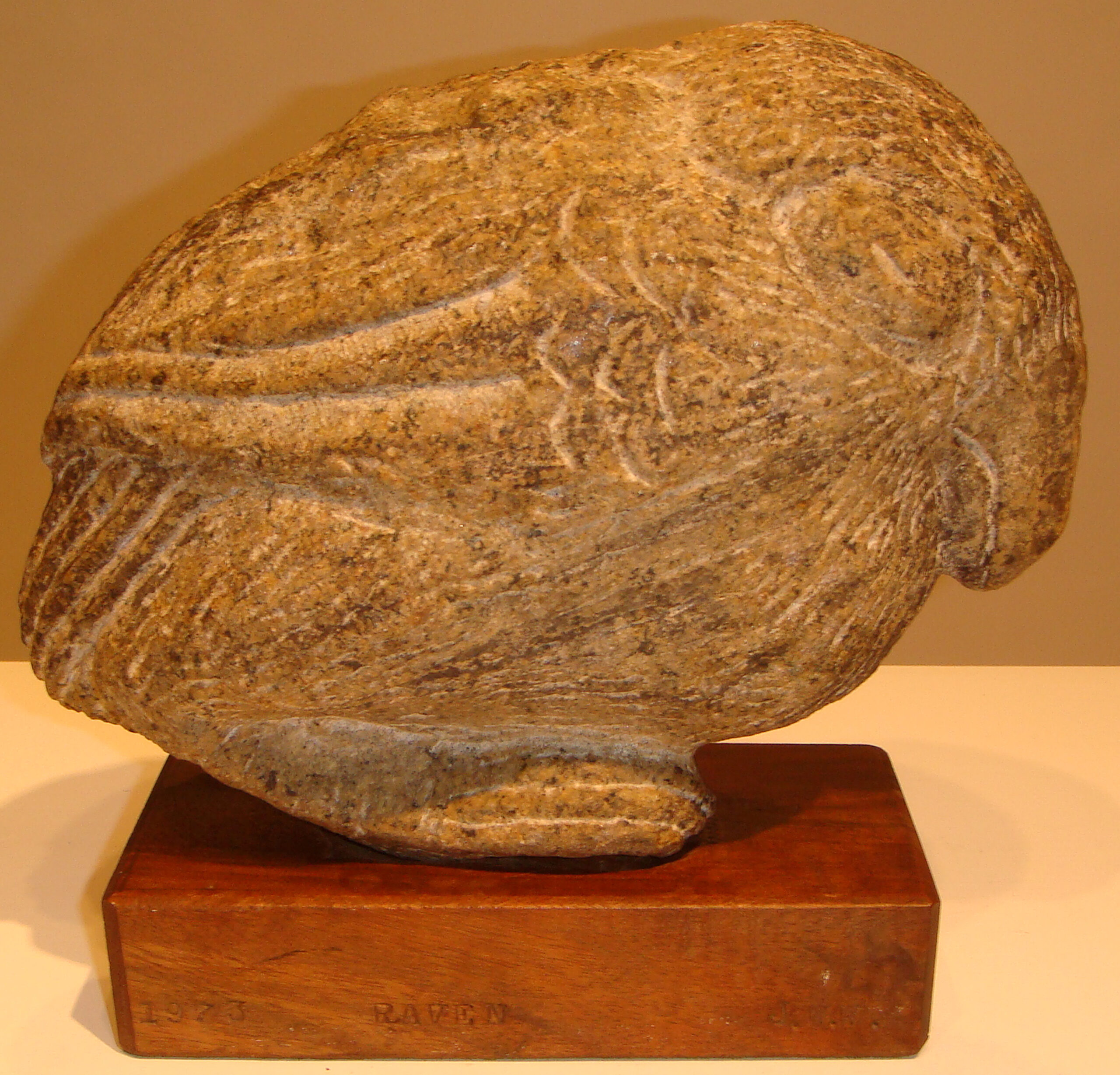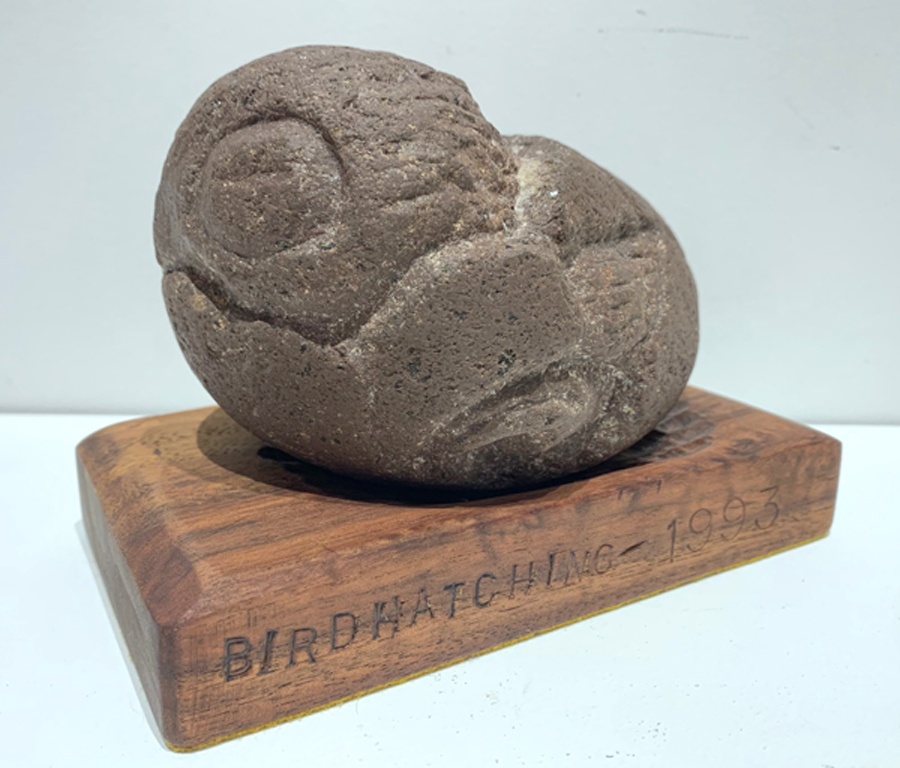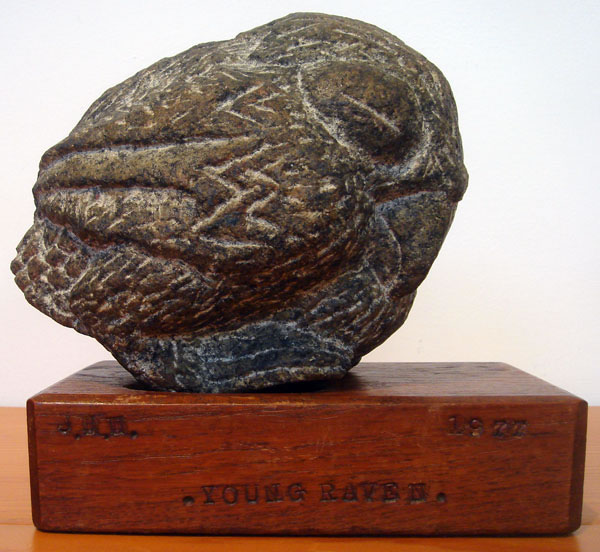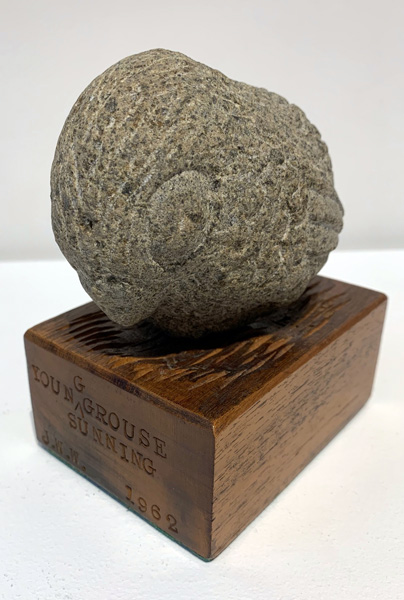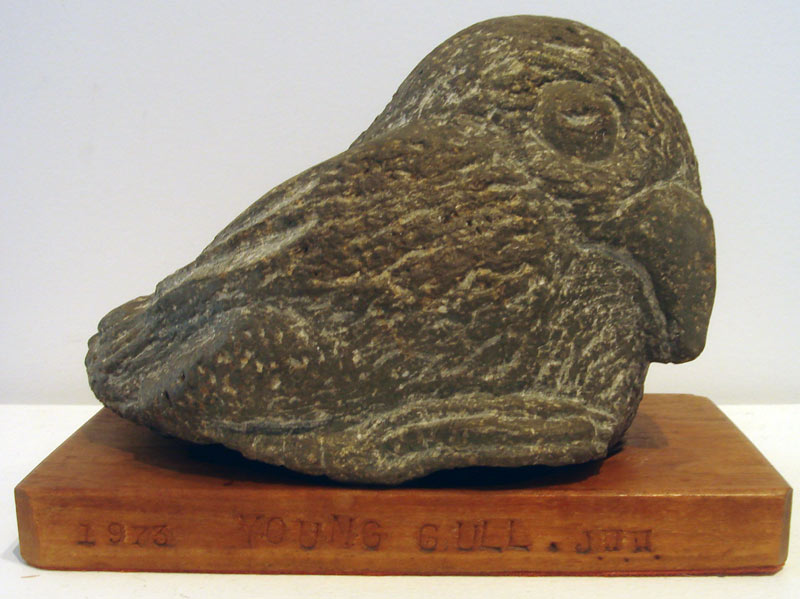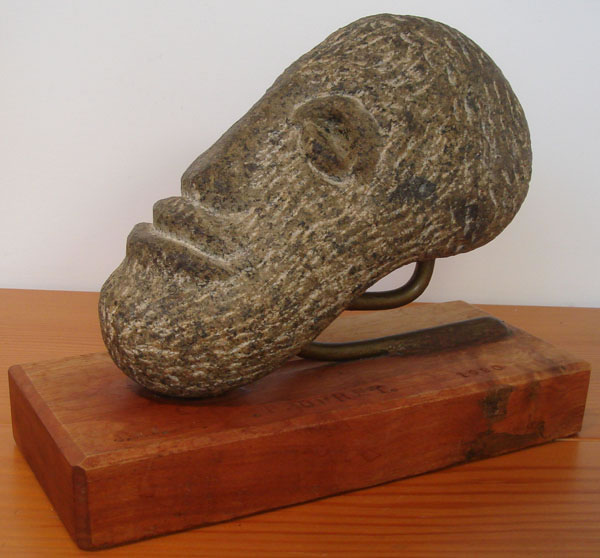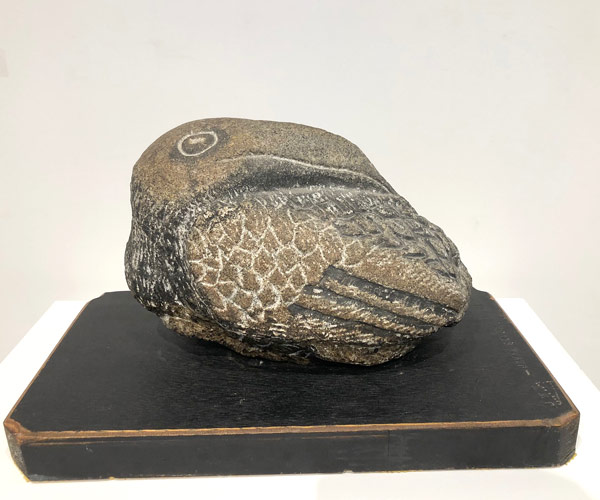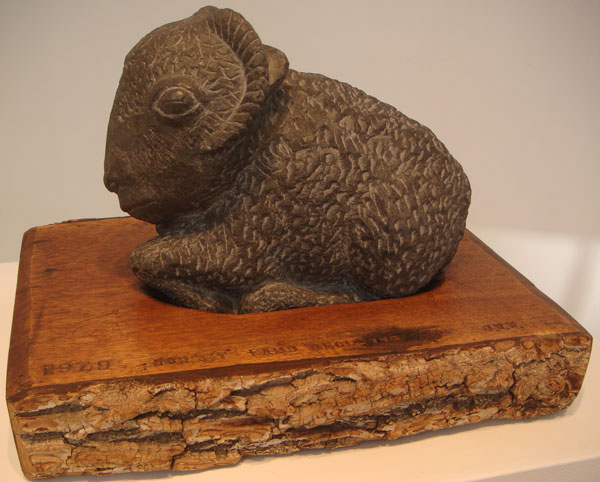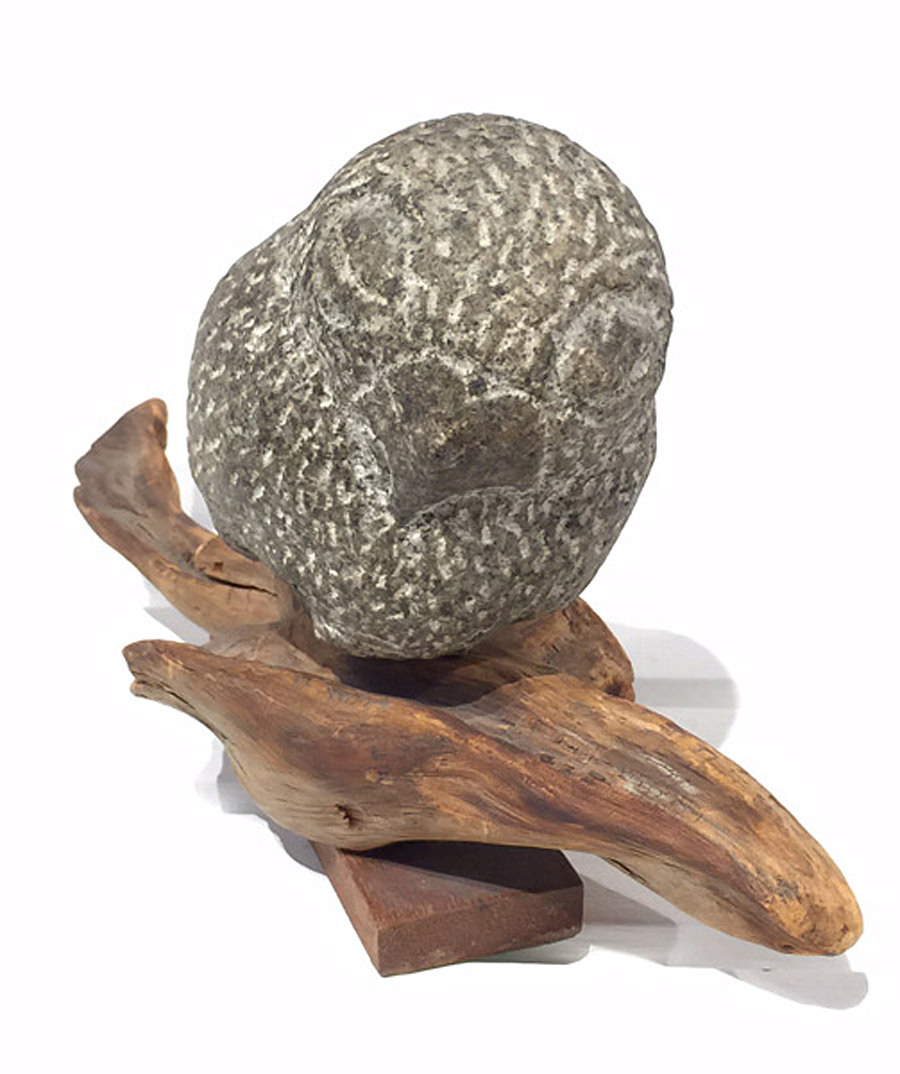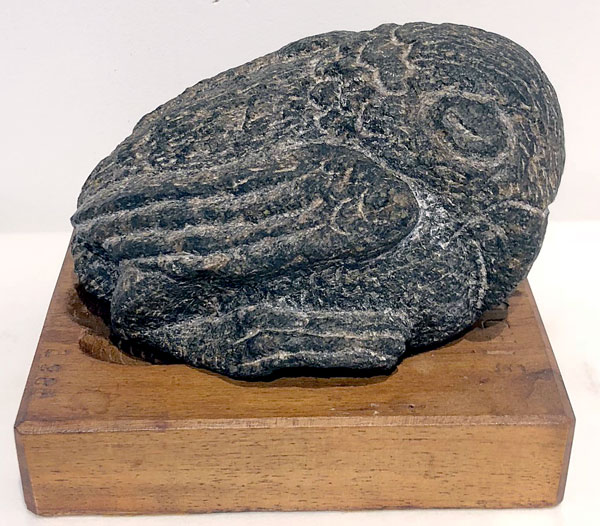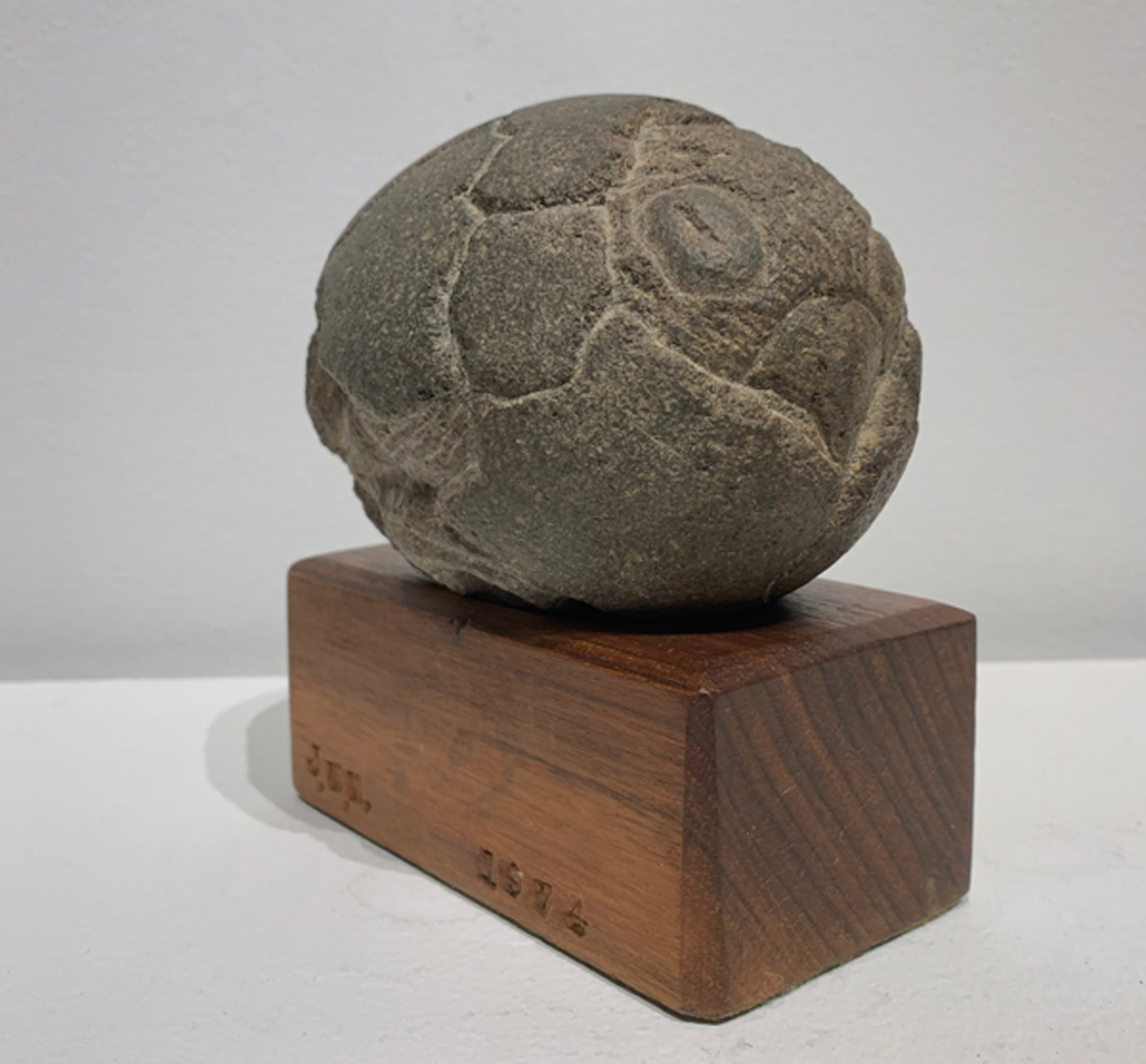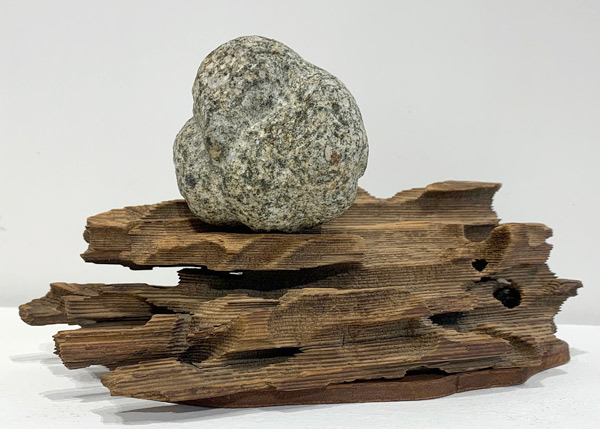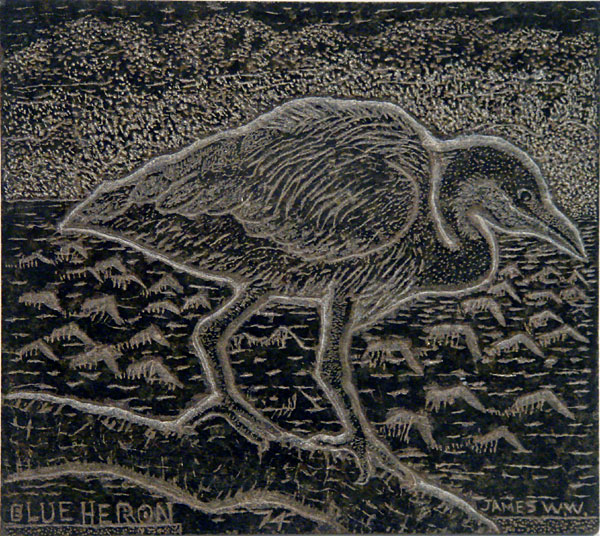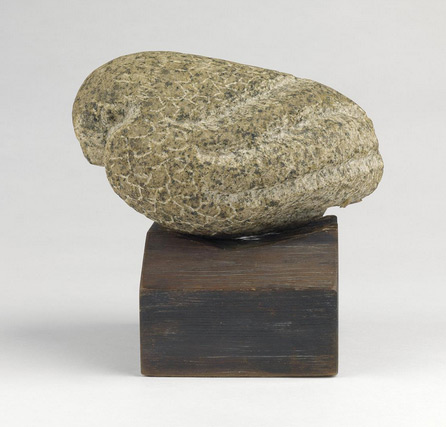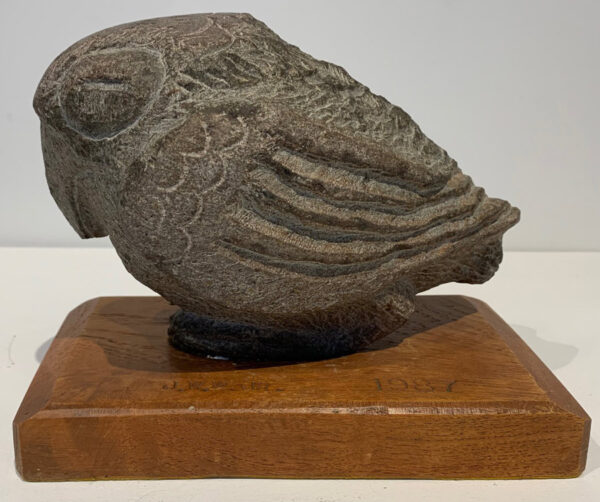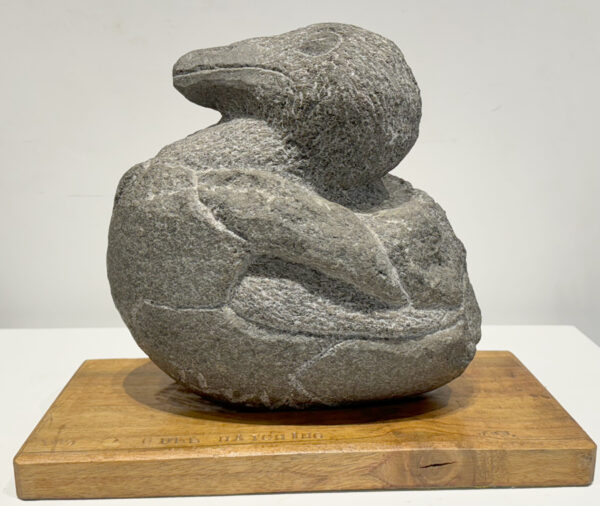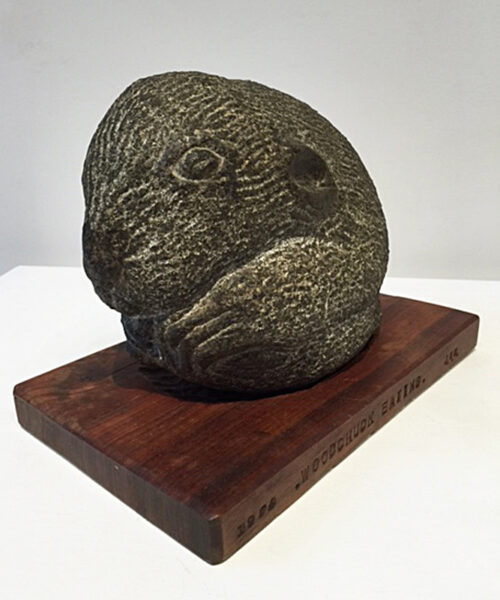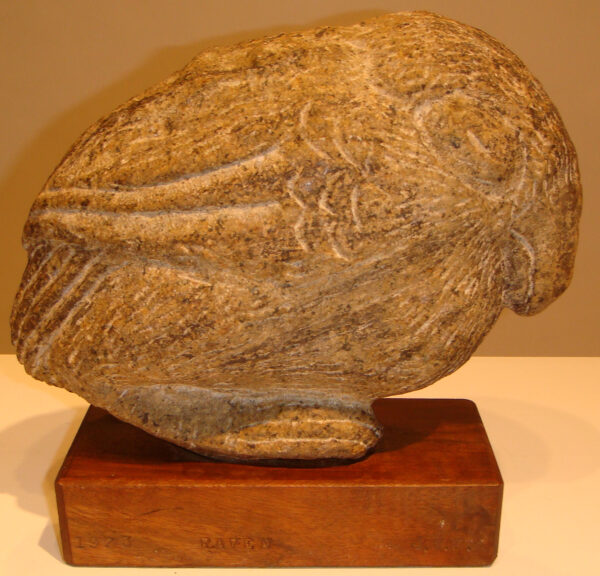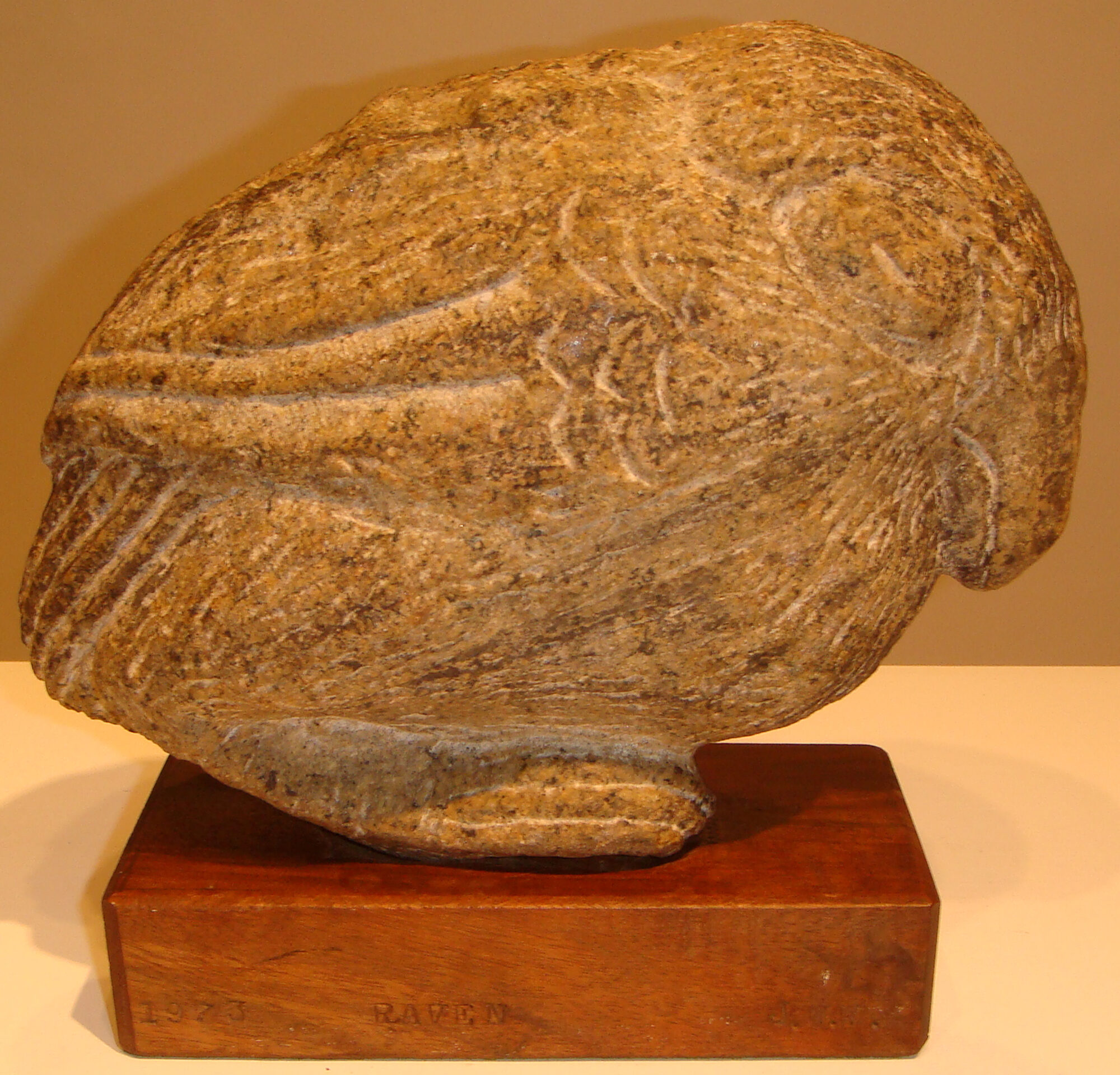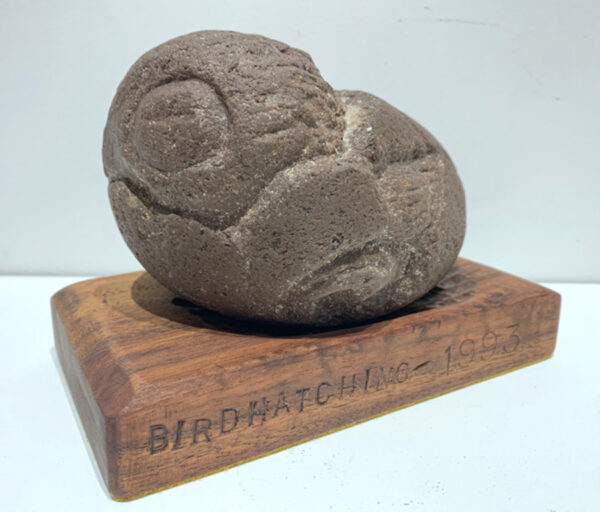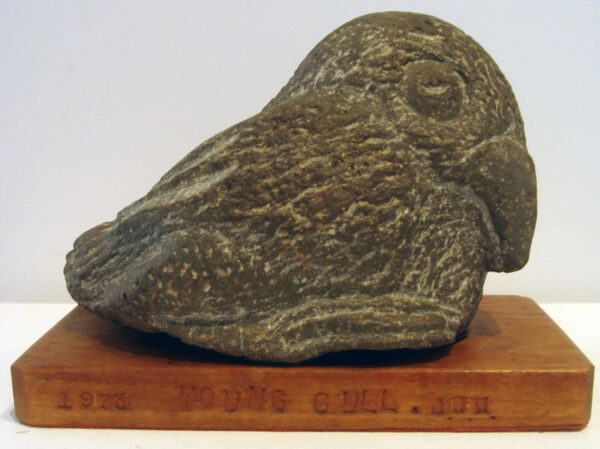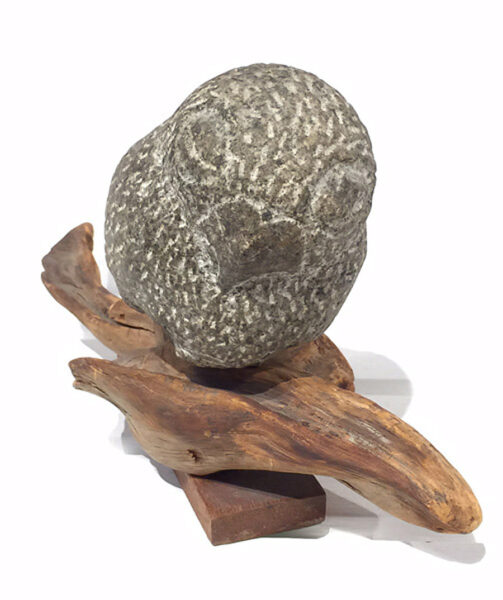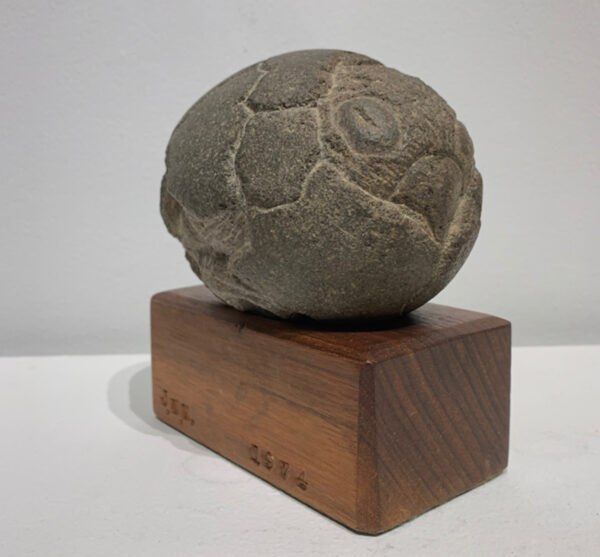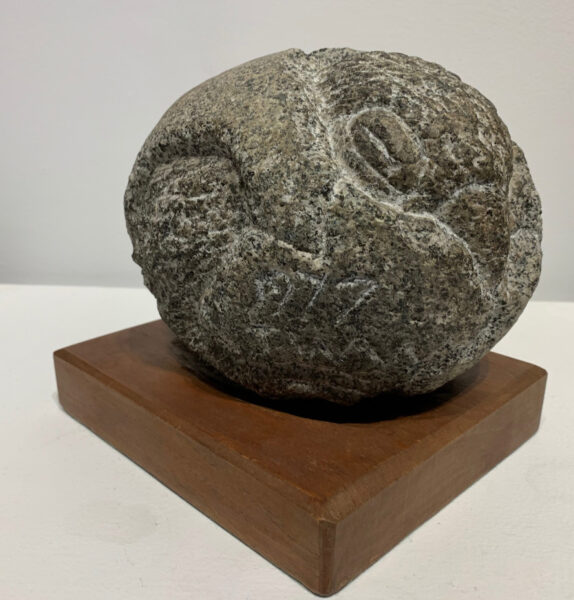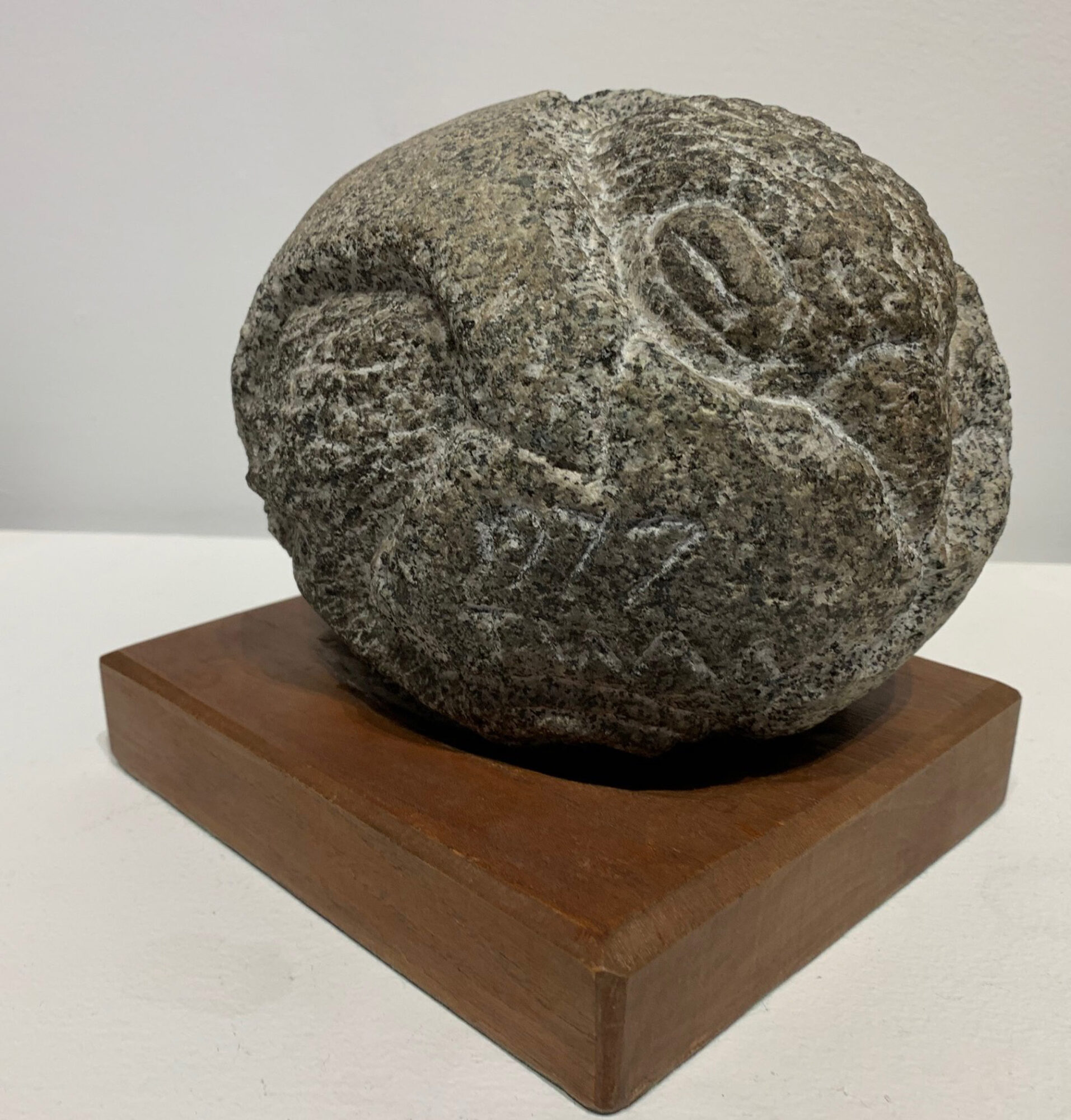About James W. Washington, Jr.
Woodside/Braseth Gallery is actively buying James Washington, Jr. artworks. If you are interested in selling your artwork please contact us.
James W. Washington, Jr. (1911-2000) was a celebrated African American painter and sculptor who spent the majority of his career working from his Seattle studio. He was born and grew up in rural Mississippi in the segregated South.
James Washington taught as a WPA artist in Mississippi in 1938 and curated the first exhibit of African American artists in Mississippi. He migrated to the Seattle area in 1944 to work in the Bremerton Naval Yard as a journeyman electrician during WWII war production years.
He continued to work as a painter in his spare time, and was accepted into the exhibition space at Frederick & Nelson Department Store’s Little Gallery by director Theodora Harrison in 1945. Harrison introduced Washington to the prominent Northwest artist Mark Tobey, who invited Washington to study privately with him.
Washington gained national and international recognition as a member of the “Northwest School” of artists for his paintings and prints through the mid-1950s, and his work was included in numerous gallery and museum exhibitions. Many of Washington’s early paintings reflect his belief in social justice, and he was a spokesman for civil rights from the 1940s on.
Washington began working as a sculptor after a trip to Mexico in 1951 where he found a stone that seemed to call to him. While in Mexico City, he met with Diego Rivera and David Alfaro Sequieros. The three artists met at a local hotel, owned by one of Rivera’s lovers, and discussed art, religion and politics late into the night.
Washington’s work in stone sculpture marked a turning point in his career, and his success in gallery shows and many public commissions allowed him to leave his civil service job and become a full-time artist in 1960. In 1962, he joined the Gordon Woodside Gallery, now the Woodside / Braseth Gallery (Seattle’s oldest art gallery), and enjoyed his first solo exhibition that featured his new stone sculptures.
He continued to sculpt, teach, exhibit, and lecture over the next 40 years of his career. Washington¹s artworks express his deeply spiritual nature and belief in the universality of art and all life. His animal and symbolic sculptures reflect the spiritual connection of people to the cycles of nature.
His work is known and admired by critics, curators, art historians, and the public far beyond the Pacific Northwest. Hs work is represented in more than 600 private and public collections, including The Smithsonian, the Whitney, SFMOMA and the Seattle Art Museum.
